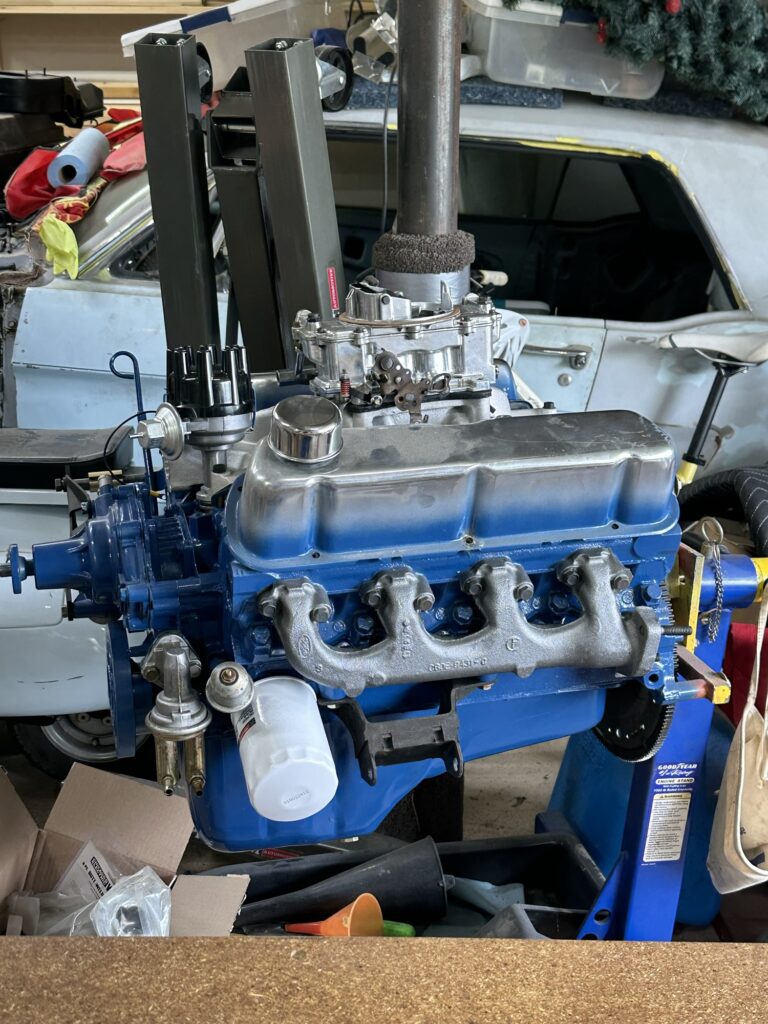As irritating as it may be to see Israel initiating attacks on and in Iran, I can understand why they’ve done it (more than once). First you have a theocratic dictatorship that has publicly sworn, for decades, that their goal is to wipe Israel and everyone in it off the map. Then you have that theocratic dictatorship doing everything they can to build a nuclear arsenal… for one reason.
Iran knows that if they want to wipe out Israel as they have sworn to do, they would first need to transit Iraq (good luck with that), and then either Syria or Jordan, or both. That, or cook up some viable sea route. Either way, Israel would have at least days to pick off Iranian assets en route. They would doubtless be quite successful at that, and in the end would probably leave Iran with no viable land or sea forces.
Israel knows and has shown that they can operate in Iranian airspace with impunity. Iran knows it. Iran also knows that they can lob every missile and drone they own or can afford to buy or build at Israel, and the result will be summarily shrugged off. Israel’s Iron Dome air defense system has proven more than capable of rendering mass air attacks from Iran ineffective at best, and it’s got to be getting embarrassing by now.
Iran is still trying to develop its nuclear capability for only one apparent reason: nuke Israel. Israel is unwilling to make the gamble that their Iron Dome system can be 100.0% effective, given that a single nuke getting through would be utterly unacceptable.
So… here we are, and here we will likely remain. Israel is unwilling to allow Iran to build a nuclear weapon, and Iran apparently is unwilling to give up in their quest to nuke Israel. Even if Iran agrees to limit or stop their efforts to do so, no reasonable person would believe them. It’s 100% guaranteed they would continue enrichment in secret, the Israelis would discover those efforts, and the air strikes would begin anew.

